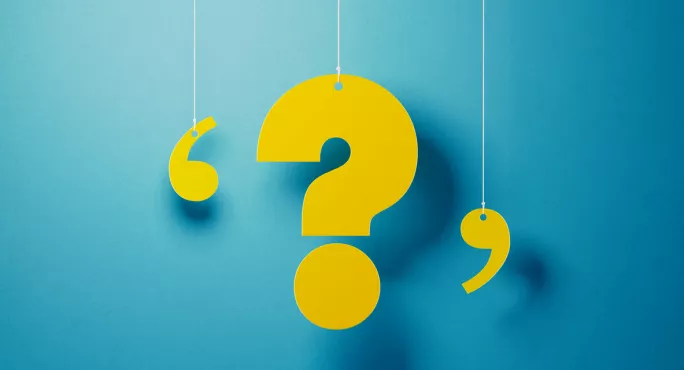- Home
- Why we should take time to explain why topics matter
Why we should take time to explain why topics matter

We have all asked that question: “Why are we learning this?”
The worst possible response is: “Because you have to.” Not really very motivating or meaningful, is it?
This is something I experienced as a student growing up. I remember feeling instantly disagreeable and immediately lost all interest.
Why did we ask this question? Because we genuinely did not see a use for the information that was being provided. Why? Because it was not presented in a useful context.
This is why setting the context for learning at the start of class is so worthwhile.
The importance of context in learning
Something I noticed when I first started doing this in my lessons was that the students were more engaged.
This is because the learning became useful and meaningful beyond a test or making Mr Adam happy.
Think about it - useless information is filtered out by your brain. How does our brain decide if information is useful? We use it!
It connects to our existing schemas of knowledge. Even better if we find the information interesting and it captures our attention.
Would you be interested in learning another language if only you could speak it?
Probably not, but you would be interested in learning something that can be used to improve your salary, develop your personality or even build on your interests.
Students are the same: they need to know that the things your curriculum wants them to learn are going to be useful in their lives.
How to set the context
This is the good part - it ‘s easy!
There are many different ways and most of them take a minute of preparation. One minute of preparation for increased student engagement and interest: what’s not to like?
Use an image of something related to the topic
Simply put an image up on the board and ask the students to talk about it. You can give them example questions like: “What can you see?” or “What is happening?”
For example, during a language lesson on the topic of food, you can find images of well-known characters from the country of the language you are studying eating a meal or surrounded by food. You could also use images of people in a restaurant.
Younger students tend to be more engaged with popular cartoon characters in the context-setting image and adults tend to respond better to real-life scenarios.
The images help them to see why the words they are learning, for example, are useful to a real-life scenario that is familiar to them.
Use videos related to the topic
Video can do this just as well. Ideally, find one related to the topic that you can use at the start of a class on a topic, but nothing too long. And make sure you watch the full clip beforehand to ensure it is age- and school-appropriate.
For example, during a science lesson on the topic of the environment, show them a video clip of the waste that is put into the ocean and how it damages the life in there.
This is instantly relatable as students are a part of the environment and understand the issues that the dumping of waste can have - and usually want to do something about it.
They’re instantly hooked and understand why we are now going to learn more about this.
Use questions related to the topic
This is possibly the way to set the context that requires the least prep.
You simply need to have some questions up on the board that the students can discuss in pairs.
Make sure the questions are relatable to your age group. An example of this in the classroom is: during a maths lesson on division, you could write, “Four students win 20 packs of Pokemon cards for winning a competition. How many packs of Pokemon cards do they get each?”
OK, it’s a cliched example, but it immediately makes it clear why learning about division has relevance to their lives.
Engaged students
When this goes well, as the lesson starts students are already interested in the topic and have an engaged and interested look on their faces.
They have already woken up their schemas of knowledge, like warming up before a run. Last week I taught an MDL lesson that looked at the continents.
I let the students play with the big screen on Google Maps to set the context, and the response was fantastic.
Be creative with your ideas and when you find something that works, do more if it. Nobody can tell you exactly what your students will react to - you have to find out with them.
Gregory Adam is a primary teacher at Nord Anglia Chinese International School in Shanghai. He released his first book last year, Teaching EFL, ESL & EAL: a practitioner’s guide
Keep reading for just £1 per month
You've reached your limit of free articles this month. Subscribe for £1 per month for three months and get:
- Unlimited access to all Tes magazine content
- Exclusive subscriber-only stories
- Award-winning email newsletters



